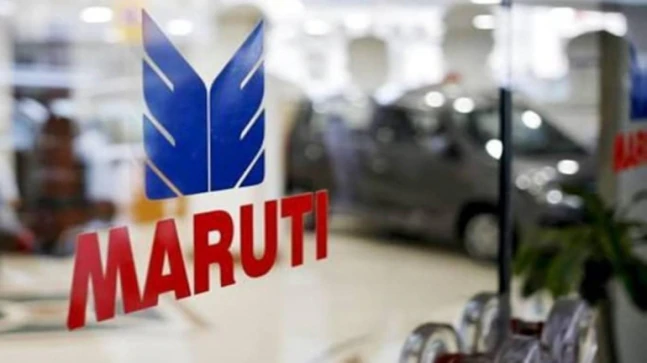[ad_1]
It has been an uneven road for the car industry over the last few years. Several ups and downs have changed consumer preferences and market dynamics alike. While auto giant Maruti Suzuki, which accounted for nearly half of the Indian car market until last year, significantly lost its market share by almost 10 per cent, other brands such as Tata Motors, Toyota and Renault have gained a share in the pie.
In the last two financial years, car sales for Maruti Suzuki declined in all the four major segments; mini, compact, mid-size and utility vehicles. In the current year, sales saw a recovery, but the cues from low base effect cannot be ruled out.
Mini and compact segments account for more than 60 per cent of passenger cars from Maruti Suzuki. These segments offer entry-level cars such as Alto, Baleno, Celerio, WagonR, etc. Entry-level cars saw subdued demand as customers in this category continued to conserve money due to their family’s healthcare needs, the Federation of Automobile Dealers Associations (FADA) said in a report.

Maruti Suzuki has cited supply constraint of electronic components due to the semiconductor shortage situation for the fall in production. “Owing to a supply constraint of electronic components due to the semiconductor shortage situation, the company is expecting an adverse impact on vehicle production in the month of November 2021,” it said in a release.
However, the fall in Maruti Suzuki market share can be witnessed from as early as February 2021.
The pandemic hit almost all corners of the economy and the auto industry was no exception. But it also turned out to be a double-edged sword for the industry already reeling under severe stress due to the prolonged economic slowdown.
Passenger vehicle sales fell 2.24 per cent in 2020-21 compared to the previous financial year, according to the Society of Indian Automobile Manufacturers. Within passenger vehicles, sale of passenger cars and vans tumbled by 9.06 per cent and 17.62 per cent respectively, while sale of utility vehicles rose by 12.13 per cent.
Sales growth of two-wheeler, commercial and passenger vehicles were slow between FY 2016-17 and FY 2018-19, and it further decelerated in the last two financial years.

Amid the turbulence, car makers and dealers were optimistic that the festive season might bring some cheer, but that too did not go as expected.
“This was the worst festive season in a decade for auto dealers as semiconductor shortage in passenger vehicles and low demand for entry-level and two-wheeler segments kept celebrations at bay,” said FADA president Vinkesh Gulati.
During the 42-day festive period, total vehicle sales fell by 18 per cent while that of passenger vehicles fell by 26 per cent year-on-year.

Interestingly, sales of high-end cars such as Mercedes-Benz, BMW, Jaguar Land Rover, Porshe and Lamborghini did not face as much turbulence, and thus, the impact was largely skewed.

While the overall passenger car sales in the three-month period between August and October 2021 grew by 11.6 per cent on-year, sales of Mercedes-Benz cars grew by 57.7 per cent and BMW by 47.2 per cent. Jaguar Land Rover, Porshe and Lamborghini rose by 48 per cent, 117.6 per cent and 57.7 per cent respectively.
[ad_2]
Source link








